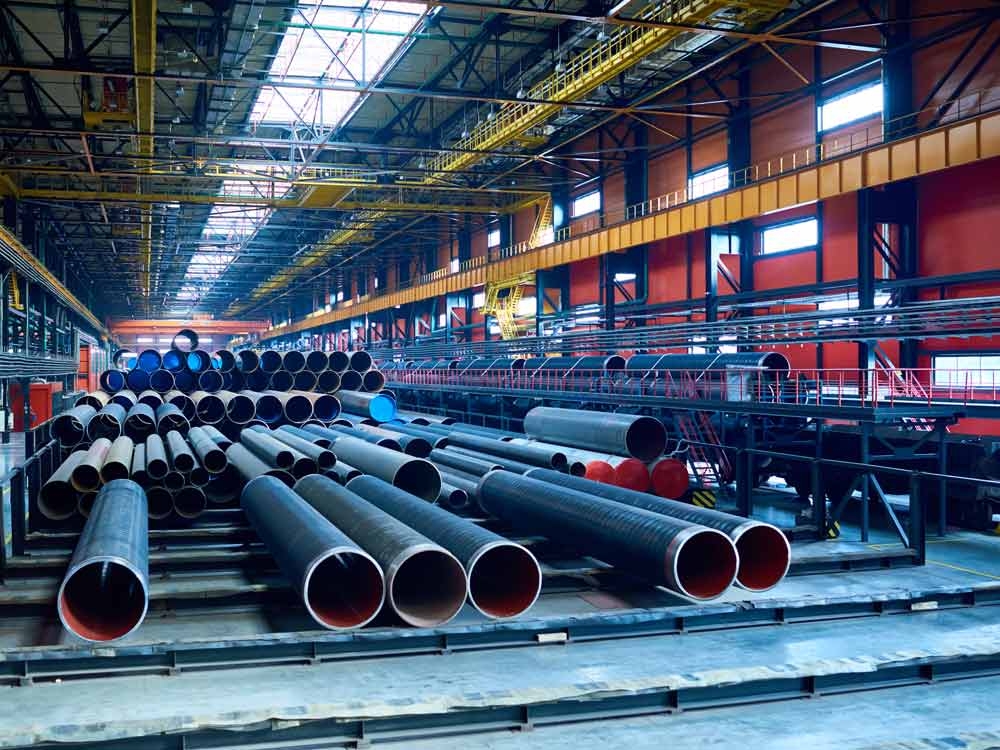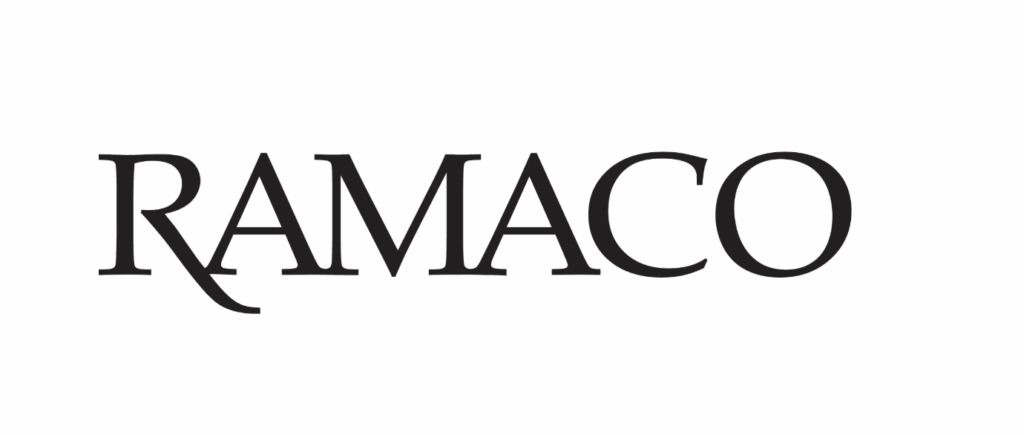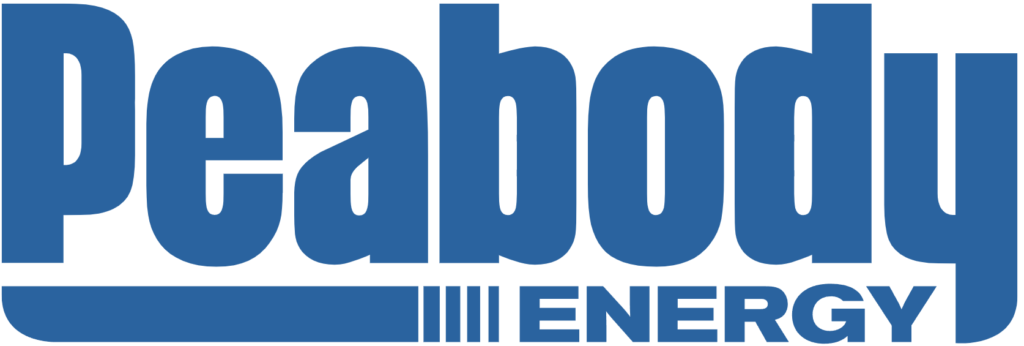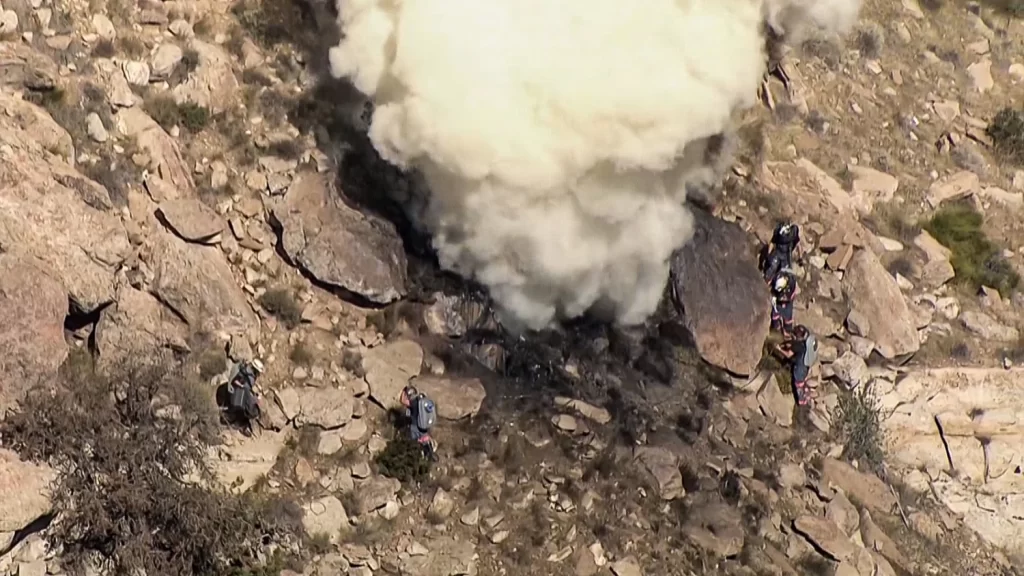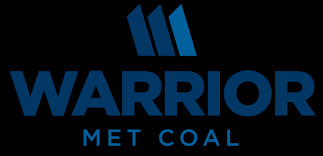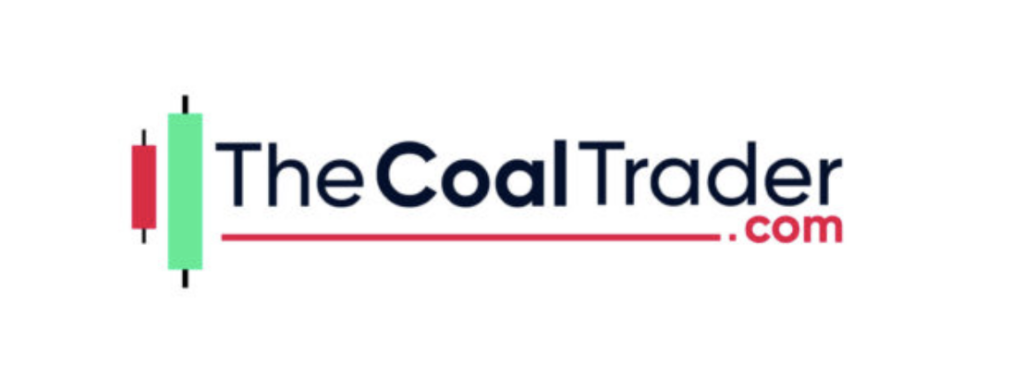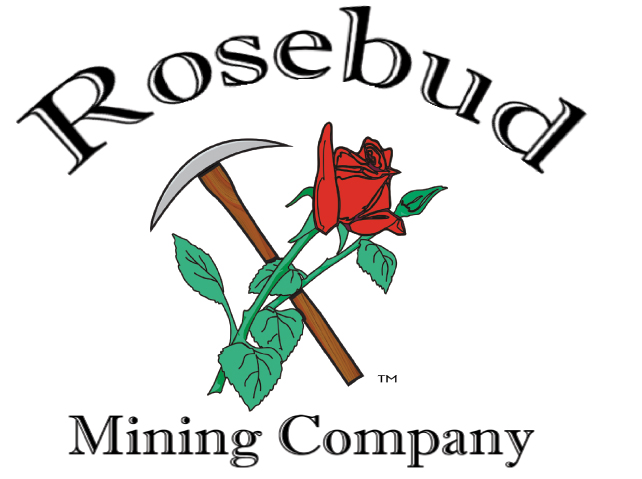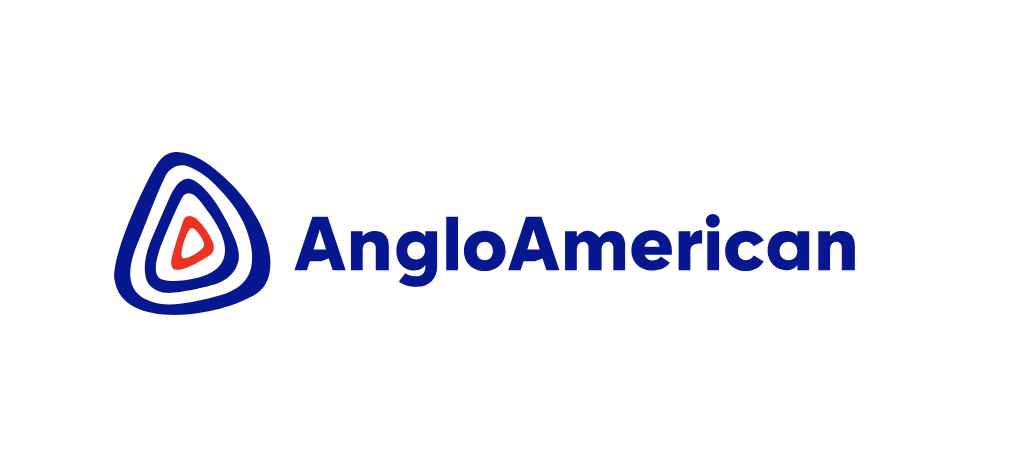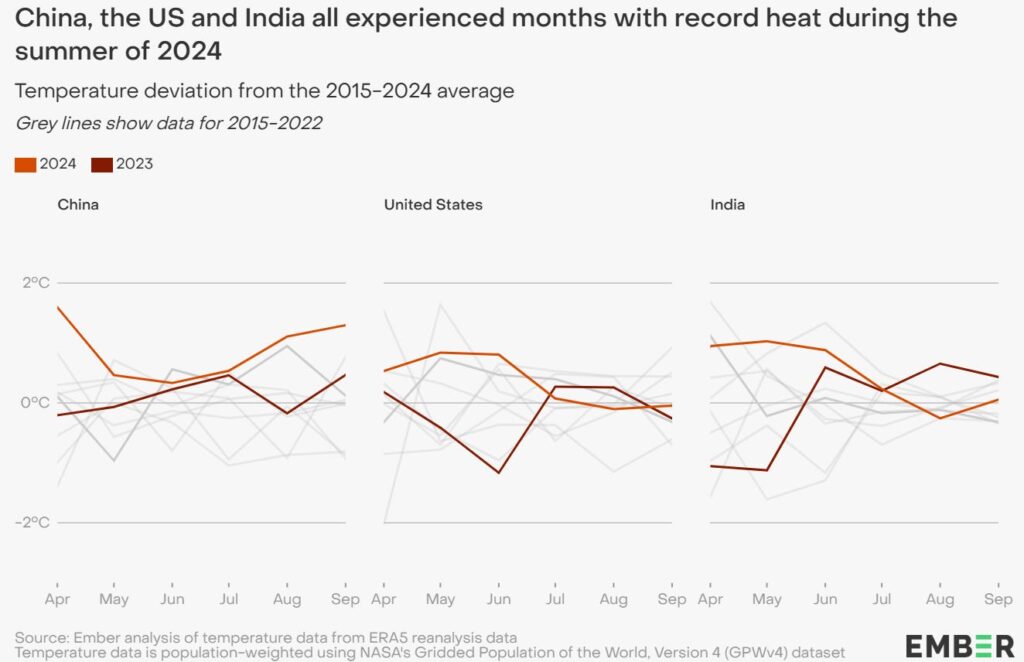
- Production rises nominally amid supply glut
- Sales impacted by imports, lower q-o-q exports
- EBIDTA rises on lesser Q2 coking coal costs
Morning Brief: India’s tier-1 mills put up a weak sales performance in the third quarter (October-December, 2023) amid rising inventories and imports. Production naturally saw a nominal growth. The EBIDTA per tonne rose amid competitive coking coal prices in the previous quarter. SteelMint takes a look:
Production rises nominally
Overall, India’s tier-1 mills’ crude steel production performance was in keeping with the output trend in India in Q3FY’24, which was mixed, rising around 9% in October, 2023, falling back in November m-o-m and then showing a marginal uptrend again in December.

Among the tier 1 mills too, it was a mixed trend q-o-q but slightly fluctuating on a y-o-y basis. JSW Steel and Tata Steel recorded an increase. The former’s rose 6% to 5.72 mnt (5.4 mnt in Q2) while Tata Steel saw a 7% increase to 5.35 mnt (5 mnt). SAIL, at 4.8 mnt remained flat. So did AM/NS India at 1.96 mnt and JSPL with 1.94 mnt. Overall, it was a nominal growth trend.
On a y-o-y basis, too the trend was similar for JSW Steel (up 7.5%) and Tata Steel (up 7%) while SAIL’s rose a mere 2%, AM/NS India’s jumped 21% and JSPL showed a 6% drop. Domestic demand was weak amid imports, lean lifting by the infra segment, supply glut and rising inventories, but mills worked to almost full capacity utilisation.
Sales a no-show q-o-q
Tier-1 mills sales performance was markedly subdued in Q3 as three out of five hovered in negative territory while the balance two showed flat growth.
On a q-o-q basis, in Q3, JSW Steel reported a 4% decline in sales to 5.2 mnt while Tata Steel managed a mere 1% increase to 4.88 mnt. SAIL saw a 20% slide to 3.8 mnt. AM/NS India’s remained flat at 1.87 mnt while JSPL’s fell 10% to 1.81 mnt.
On a y-o-y basis, JSW Steel showed a 5% increase while Tata Steel’s was up 3%. SAIL still showed an 8% drop although AM/NS India put up an 18% increase while JSPL’s was down 5%.
Sales for the quarter were down on lower exports, softer global markets and lower domestic sales in retail due to higher imports coming into India, especially from China during October and November. On q-o-q basis, exports fell around 28%. Retail sales were impacted due to festivities and channel destocking amid subdued to market sentiments which were impacted by higher imports. But for most mills, automotive sales were the highest in the quarter, underscoring the overall y-o-y domestic demand pull. Other segments like value-added too did well.
EBIDTA per tonne rises amid lesser Q2 coking coal costs
The earnings before interest, depreciation and amortization (EBIDTA) performance per tonne was moderately good. Except for JSW Steel, on standalone basis, the other four registered growth q-o-q.
JSW Steel, on a q-o-q basis, showed an almost 13% drop to INR 11,100/tonne ($134/t) but this was up 37% y-o-y.
Tata Steel’s standalone EBIDTA was up 25% q-o-q to INR 17,000/t ($205/t) and a substantial 68% y-o-y.
SAIL’s was at INR 5,600/t ($67/t), up 24% q-o-q and 12% y-o-y.
JSPL’s EBIDTA, at INR 15,500/t ($187/t), showed a q-o-q growth of 41% and 25% y-o-y.

The EBIDTA per tonne increased because of the lesser coking costs incurred in Q2, which had a positive impact on net sales realisations. Coking coal prices increased 26% q-o-q in Q3, which might have a cascading effect in Q4 while iron ore rose 3% in this period.
Iron ore prices increased 3% in Q3 which also helped to keep prices supported to an extent despite the imports and inventory pressure. BigMint data shows that benchmarked trade-level prices rose 4% in Q3 q-o-q while trade segment HRCs fell by a mere 1%.
Exports also helped to shore up EBIDTA per tonne. Exports surged in December 2023 amid a restocking surge from the European Union and supportive global prices. “…From October to December, we have seen improved bookings of exports and also a higher price,” said a tier-1 mill source during the Q3 investor’s call.

Outlook
Coking coal costs are likely to be the biggest bother for tier-1 mills in Q4 (January-March, 2024). “Based on recent trends and our blended management capability, we expect our coking coal cost to be higher by $10-20/t during Q4,” a mill official said in an investor’s call. An official from another mill said: “We expect coking coal…to go up, may be, by $20-25/t during Q4 compared to Q3.”
Coking coal is showing an uptrend amid supply challenges from Australia.
There is also a possibility of production callibration in Q4 to balance out the inventory in the system.

